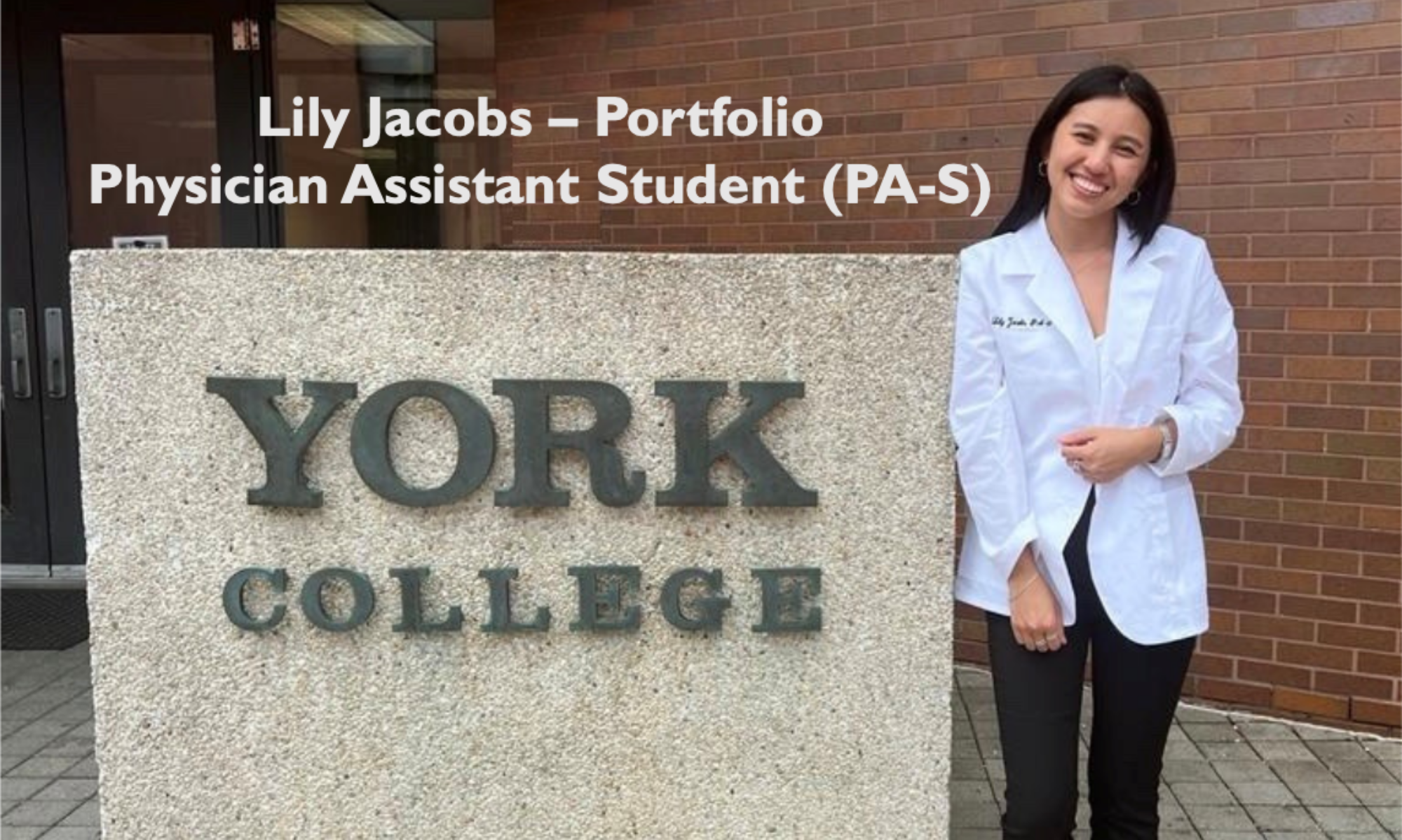Site Evaluator: Michael Rachwalski, PA-C
For my first site visit, I decided to submit 4 SOAP notes on cases involving appendicitis, acute vaginal candidiasis, wound check, and suspected pneumonia. Professor Rachwalski went through each case with me where we discussed differential diagnoses and he gave me some constructive criticism on how to better format my physical exam. He also advised me to avoid the use of the word “lesion” as it is vague and doesn’t convey much information. The one case that prompted a little more discussion was the 56 year old female who presented with gradual worsening abdominal pain that has lasted for a day. The patient’s presentation and physical exam were a classic presentation of appendicitis with a sharp pain first starting in her hypogastric region and then migrating to her right lower quadrant, nausea present with no vomiting, positive Mcburney’s point, positive obturator sign, and positive rovsing sign. An ambulance was called immediately for the patient to be taken to the ER for a more comprehensive appendicitis work up. Professor Rachwalski agreed with the majority of my physical exam, assessment, and treatment, only mentioning that I had failed to mention a positive or negative rebound tenderness finding. Additionally, we discussed what “gaurding” means and contrary to my understanding of it meaning the patient contracts away from you due to pain, it is the contraction of the muscles due to pain.
For my final site visit, I presented a full H&P on a 37 year old patient who came into the clinic with a erythematous annular plaque with an outer ring on his right upper thigh accompanied with a mild headache that started 2 days ago following a possible tick bite, while he was in upstate New York. Besides for the skin finding, the rest of his physical exam was unremarkable, including his neurological exam. His vitals were stable and he was not exhibiting any signs of meningitis, facial paralysis, encephalitis, radiculopathy, or arthritis. The patient’s diagnosis was most likely a tick-borne illness, specifically early localized stage (Stage 1) Lyme Disease. He was treated with 10 days of Doxycycline Monohydrate 100mg tablets BID for the Lyme Disease and told to continue Tylenol for the headache. Education on methods to avoid tick bites along with immediate action to decrease risk of Lyme disease was given. The patient was not recommended for diagnostic lab work at this time. Professor Rachwalski complimented me on my physical exam and plan, specifically the education given to the patient. His main criticism of my chart was needing to be more concise with the information in the HPI and assessment.
In the journal article I presented, researchers sought out to determine if Azithromycin cream had a similar if not more protective effect than Doxycycline cream in an individual with a tick bite.s



